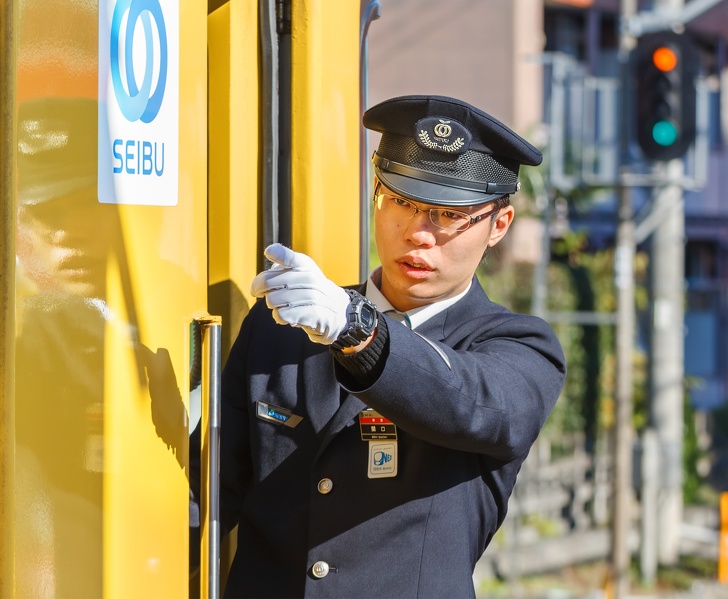Travelers to Japan simply can’t miss it: train drivers and other railway workers keep pointing at things around them and saying something to themselves out loud as they do their job. These gestures that might seem awkward to foreigners have a very important function — they guarantee passengers’ safety.
Here at The Elite Indian we’ve learned that these gestures have a very practical purpose. We’ll tell you about their true meaning and about the ways you can use this smart safety system from Japan in your daily life.
The system of gestures and words helps the Japanese keep life under control. It’s called “Pointing and Calling.”

When we do the same actions day by day at work or in our daily life, no matter how simple those actions are, there is a risk that we could make mistakes. When it comes to public transport, any mistake can become fatal and can cost people their lives. The Japanese railway system is considered to be one of the safest in the world, and one of the reasons is that the railway workers in Japan use the system of gestures and vocal commands called Shisa Kanko, or Pointing and Calling.

Whatever a train driver in Japan does, they confirm their actions with the help of physical movements combined with vocalization. For example, when the train driver needs to confirm that the speed of the train is 80 mph, they point at the speedometer with their index finger and say that the speed is now 80 mph. Then they raise their hand to their ear, look at the speedometer, then point at it again, and say “Ok!”
Pointing and Calling makes the brain more involved in the things we do.

So how does the combination of gestures and words make our actions more accurate? Physical movements and vocal commands combined increase the blood flow in certain areas of the brain, making us more involved and more attentive. Studies prove that pointing at an object, stating your action, and confirming it once again by hearing your own voice is much more efficient than simply looking at the object or thinking about the action.

This safety system turned out to be quite efficient and it can reduce errors at work by up to 85%. It is used in many other industries in Japan, and similar systems are used worldwide in aviation. Pilots and cabin crew combine physical movements and speech in many things they do, especially when a high level of accuracy is crucial. For example, when a pilot needs to change altitude on autopilot, after entering a new altitude into the system, they keep their hand on the altitude selector until their co-pilot confirms their action.
You can use this system too: combine gestures and voice to control the actions you do at work or at home.

If you belong to that group of people who keeps forgetting whether they have switched off the iron or closed the door, you can use Shisa Kanko to check the actions you do mechanically. Here’s what you need to do.
- Look at the object. For example, if you want to make sure you’ve switched off the iron, look at the iron.
- Point at the object with your index finger and say what you’ve done to it. For example, “The iron is switched off.”
- Raise your hand to your ear and visually confirm that what you’re saying is right.
- Stretch your arm again, point at the object and say “OK!”
After taking these actions, you have almost no chance to forget that your iron was switched off.
Have you ever heard anything about Pointing and Calling before? Would you like to try this system for controlling actions in your daily life?








